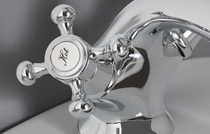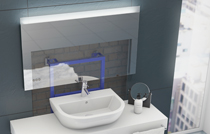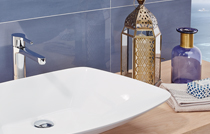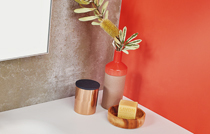Bathroom history
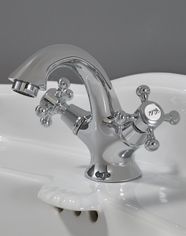
Bathrooms came a long way to be known as they are today. Learn a little bit of the history of this intimate room of the house.
Antiquity
Around 2500 a. C.,Egyptians built in elaborate bathrooms inside the pyramids to make Pharaohs' eternity more enjoyable. In fact, within Egyptian and Chinese societies, baths and personal hygiene were quite common and they've developed elaborate plumbing systems. Also Greeks and Romans valued hygiene and became precursors of the hydraulic system that channeled rainwater and river water to the spas and residences. Public baths were abundant and functioned as a meeting point where important discussions, about politics, arts and sciences, took place.
Middle Ages
Quite appropriately called the Dark Ages, the Middle Ages buried hygiene habits. The church, as key figure on political and cultural affairs, absolutely abhorred baths, branding them as "sinful orgies". Ancient aqueducts and sewage systems went slowly missing, giving way to a period of filth with disastrous consequences for Europe, since the total lack of hygiene among the population was the main cause of constant epidemics that ravaged the Old World.
From Edinburgh to Lisbon, passing through Paris or London, the ongoing system was "water goes!" to warn people about the physiological needs that were dumped out of the windows. Even in castles, latrines consisted of dark rooms with a hole and a wooden seat, because it was believed that, on day light, flies and other insects would approach and pass on diseases. Baths were almost nonexistent. In poor families, when a bath happened, the water was used to bathe the entire family in a tank. First the men, then children and finally women.
XVIII Century
Public health becomes an issue again which is reflected in personal hygiene. In 1755, Alexander Cunnings develops a siphon for toilets, reducing odors and ultimately causing the replacement of the medieval pot. In the late eighteenth century, architects start to include the bathroom as a room in the house. At the end of the nineteenth century, the artifacts bathroom acquire their own aesthetic, being developed in rich materials like marble or metal. The piping systems begin to function again, even thow not properly. Baths were given in tins and daily hygiene was done using a pitcher on the dressing table.
XX Century
The twentieth century comes with a huge leap in quality of life in societies. Technological advances, such as piped water and sanitation, together with cultural changes, develop a healthier society, focused on cleaning, beauty and well-being. Bathing becomes an enjoyable daily task. Flushing mechanisms, siphons and other inventions become mandatory instruments in any toilet. The concept of "interiors' design" spreads to the bathroom and there is an aesthetic change. The twentieth century bathroom becomes a space of relaxation, health and welfare.



